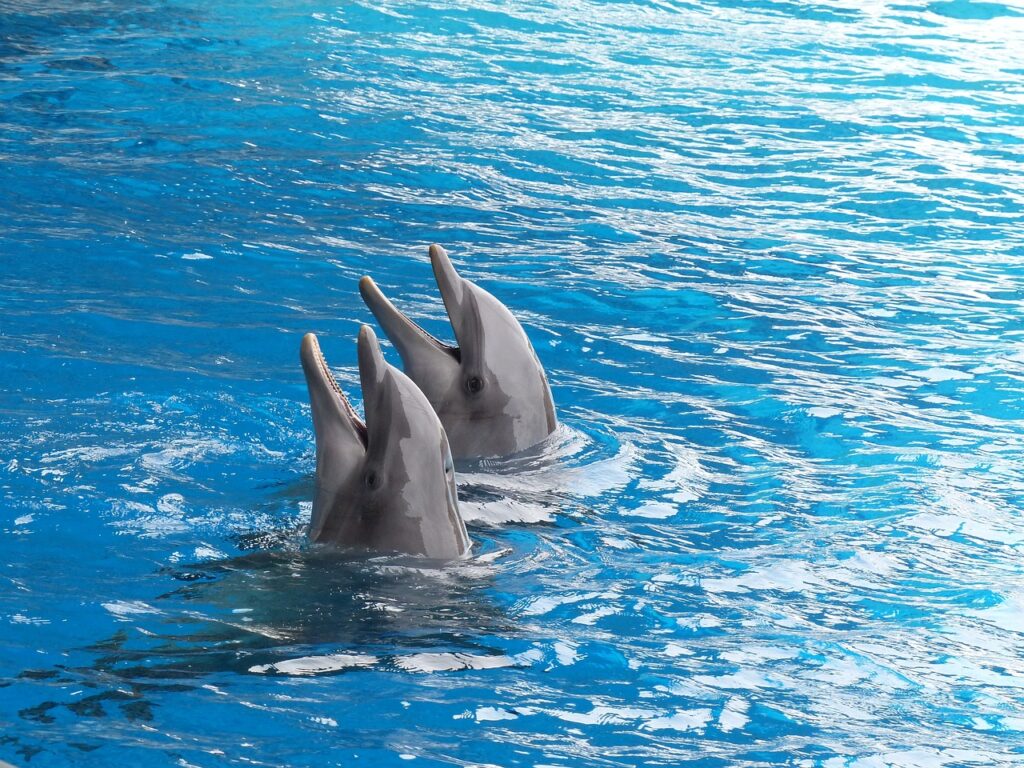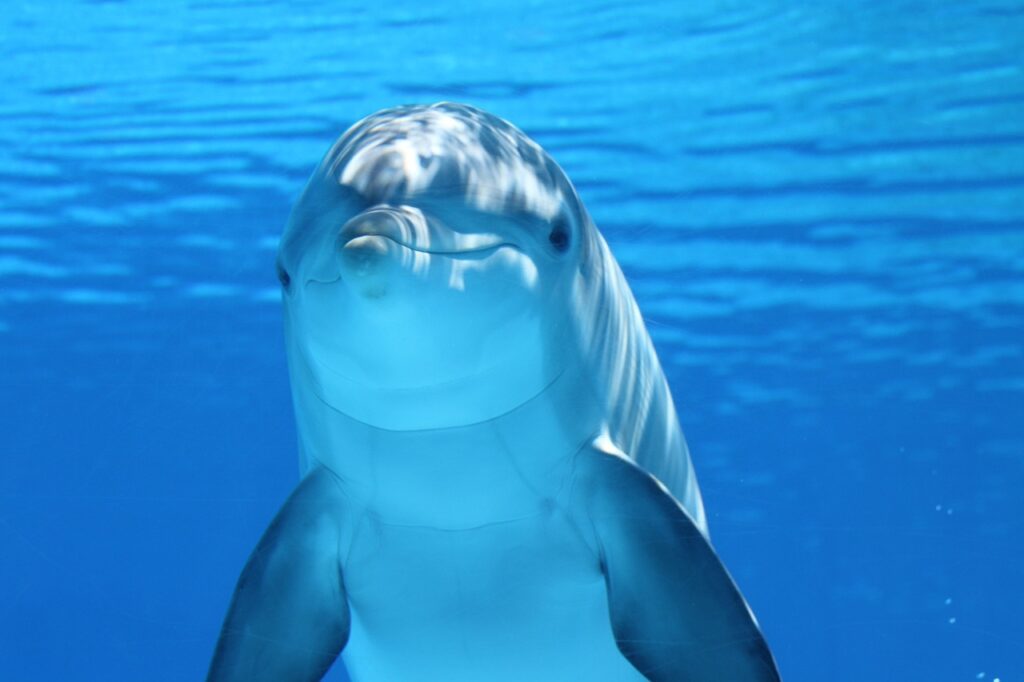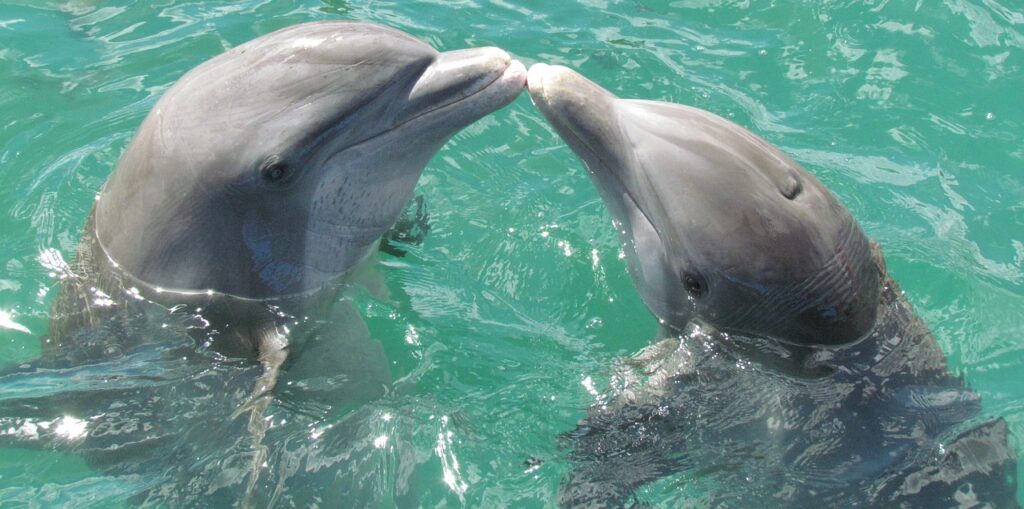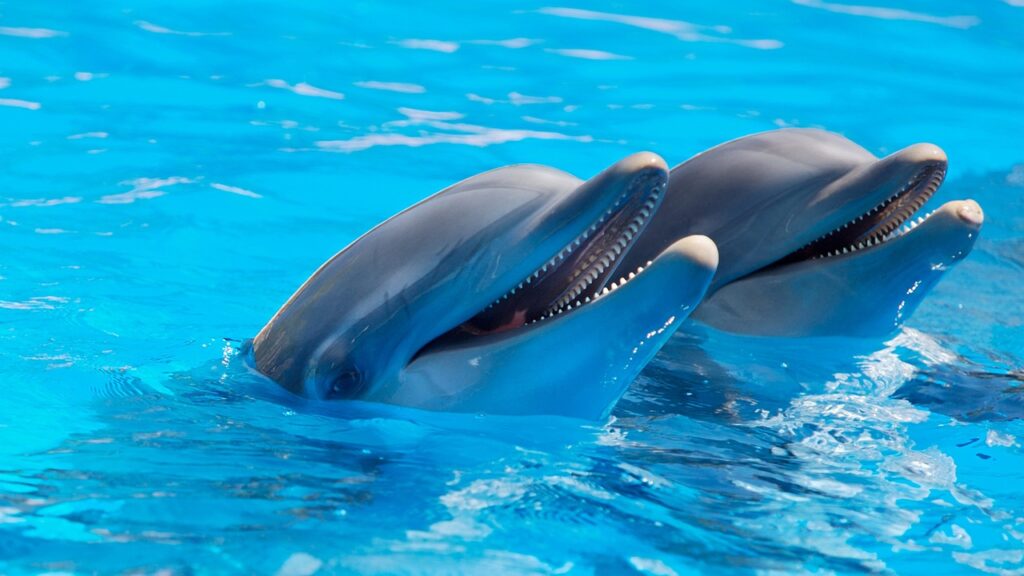Dolphins are among the most captivating creatures in the ocean, known for their intelligence, playful nature, and remarkable adaptability. As marine mammals, they have intrigued scientists and inspired countless admirers worldwide. But what makes dolphins so special? In this article, we will explore their unique characteristics, social behaviors, habitats, and why their conservation is vital for maintaining marine ecosystems. Whether you’re a marine life enthusiast or just curious about these incredible animals, read on to uncover the wonders of dolphins.
Table of Contents
- What Are Dolphins?
- Unique Physical Characteristics
- Intelligence and Communication
- Social Structures and Behavior
- Dolphin Habitats and Distribution
- Threats and Conservation Efforts
- Why Protecting Dolphins Matters
What Are Dolphins?
Dolphins are marine mammals belonging to the cetacean family, which also includes whales and porpoises. With over 40 species, ranging from the tiny Maui’s dolphin to the formidable orca (also known as the killer whale), dolphins exhibit incredible diversity. As warm-blooded animals, they breathe air through a blowhole located on top of their heads and give birth to live young, nursing them with milk. These characteristics set them apart from other sea creatures.

Unique Physical Characteristics
Dolphins possess streamlined bodies designed for efficient swimming. Here are some key features:
- Hydrodynamic Shape: Reduces water resistance, allowing speeds up to 25 miles per hour.
- Blowhole: Positioned on their heads for easy breathing at the surface.
- Echolocation Abilities: Dolphins use sound waves to navigate and hunt, emitting clicks and listening for echoes.
- Fins and Flippers: The dorsal fin provides stability, while pectoral flippers aid in steering.
- Teeth: Unlike humans, dolphins have conical teeth used for grasping rather than chewing.
Intelligence and Communication
Dolphins are renowned for their intelligence, often compared to that of great apes or even humans. Studies reveal:
- Problem-Solving Skills: Dolphins can learn complex tasks and even teach them to others.
- Vocalizations: They produce a range of clicks, whistles, and squeaks, often unique to each individual.
- Tool Use: Some dolphins use sponges to protect their snouts while foraging.
- Emotional Depth: Observations suggest they experience joy, grief, and empathy.
Example: Bottlenose dolphins in Shark Bay, Australia, have been documented teaching their young how to use marine sponges as tools.
Social Structures and Behavior
Dolphins are highly social animals, living in groups called pods. Key aspects include:
- Pod Sizes: Typically range from 10 to 12 members but can form superpods of hundreds.
- Cooperative Hunting: Dolphins often work together to herd fish into tight groups for easier feeding.
- Playful Behavior: Activities such as leaping, surfing waves, and interacting with humans showcase their playful nature.
- Maternal Bonds: Mothers maintain close relationships with their calves, teaching them survival skills.

Dolphin Habitats and Distribution
Dolphins are found in oceans worldwide, from shallow coastal areas to deep open waters. Common habitats include:
- Tropical and Temperate Oceans: Most species thrive in warm, temperate waters.
- Freshwater Rivers: Some species, like the Amazon River dolphin, inhabit freshwater systems.
- Coastal Areas: Dolphins often frequent bays, estuaries, and harbors.
Threats and Conservation Efforts
Despite their adaptability, dolphins face numerous threats:
- Bycatch: Thousands of dolphins are accidentally caught in fishing nets each year.
- Pollution: Plastic waste, oil spills, and chemical runoff harm their habitats.
- Climate Change: Rising sea temperatures disrupt food chains, affecting dolphin populations.
- Hunting: In some regions, dolphins are hunted for meat and oil.
Conservation Efforts:
- Establishing marine protected areas.
- Promoting sustainable fishing practices.
- Raising public awareness through campaigns and education.
Why Protecting Dolphins Matters
Dolphins play a crucial role in maintaining healthy marine ecosystems. As apex predators, they help regulate fish populations and ensure ecological balance. Protecting dolphins also benefits:
Scientific Research: Studying dolphins provides insights into marine life and environmental health.
Marine Biodiversity: Safeguarding their habitats helps preserve a wide range of species.
Tourism: Dolphin-watching tours support local economies.

Conclusion
Dolphins are not only fascinating creatures but also vital to our planet’s marine ecosystems. Their intelligence, social complexity, and ecological importance make them deserving of our respect and protection. By supporting conservation efforts and reducing human impacts, we can ensure that future generations continue to marvel at these remarkable marine mammals.
Love learning about marine life? Share this article, subscribe to our newsletter for more fascinating content, or join a local conservation group to help protect dolphins and their habitats. Together, we can make a difference
Unlock pure, refreshing water at your fingertips with Aqua Tower – click here to experience the difference today!
